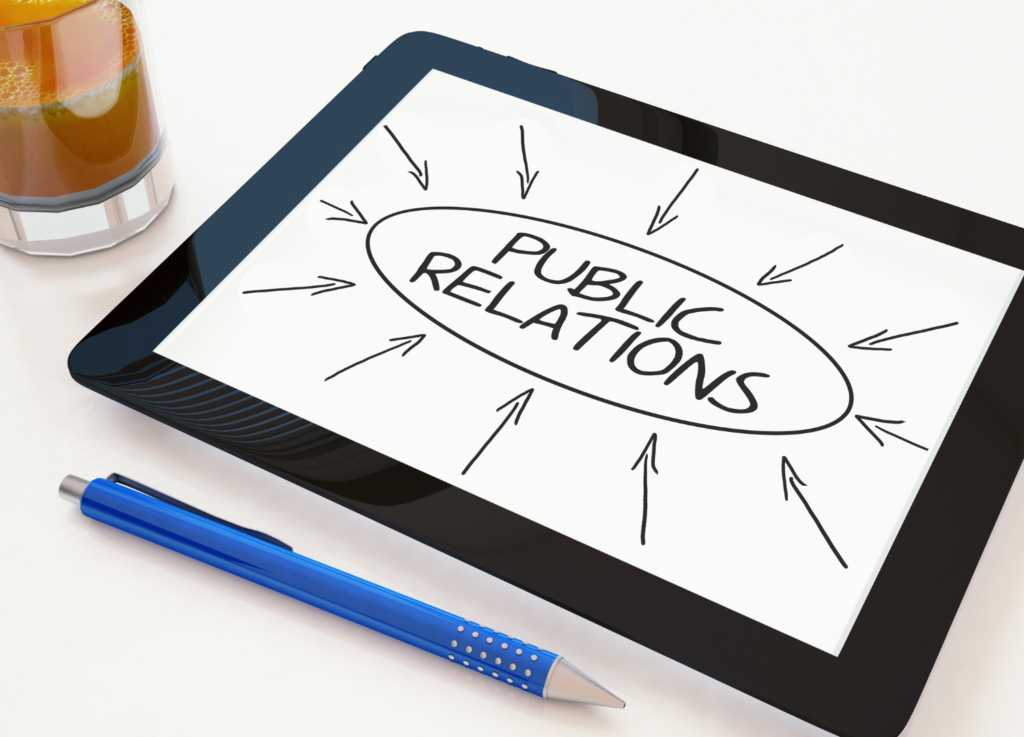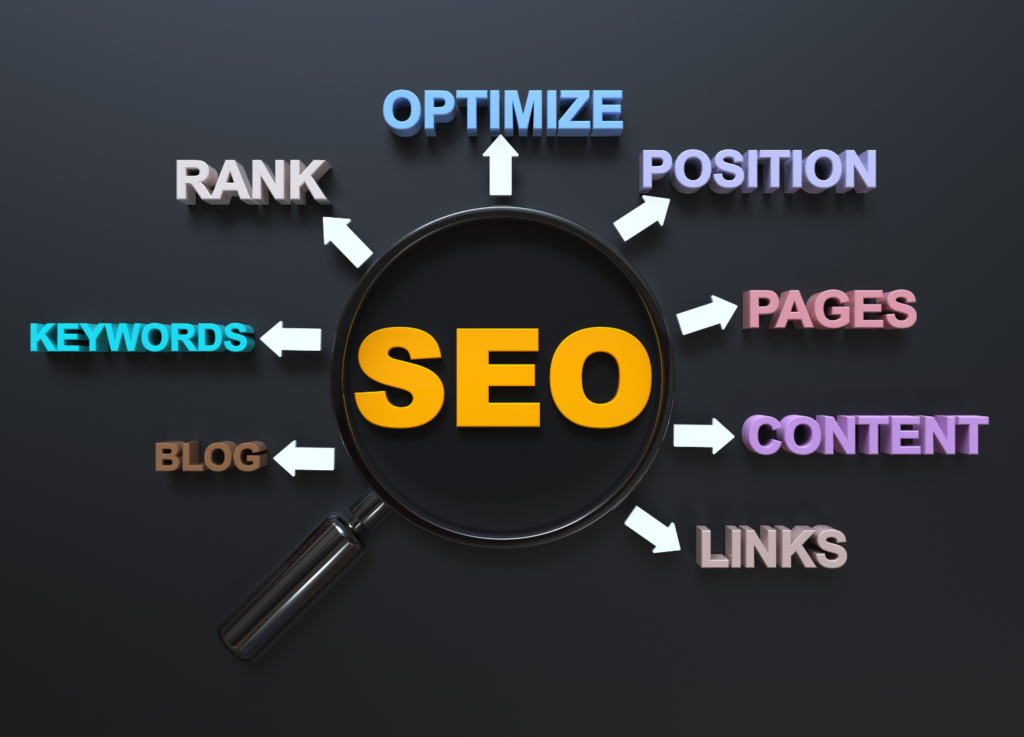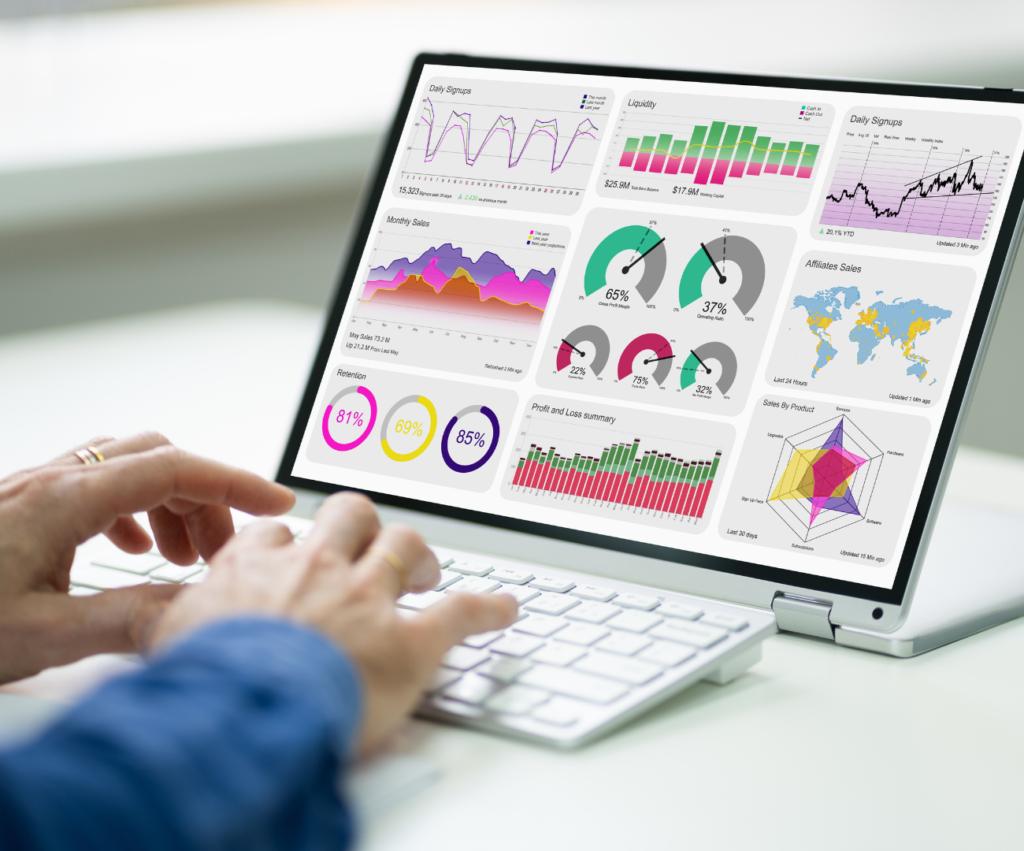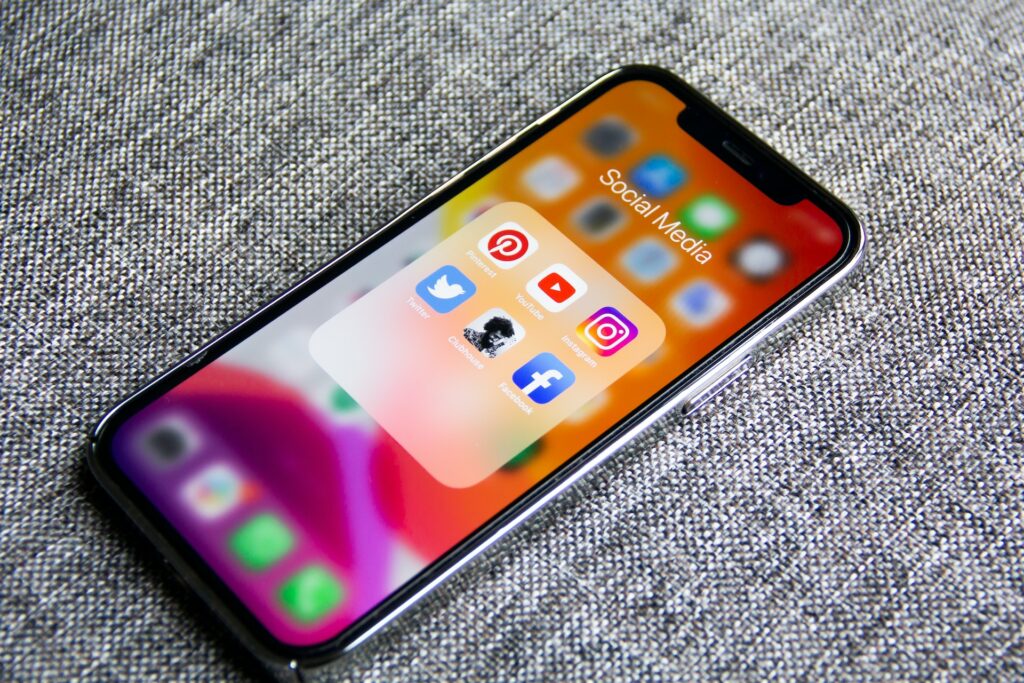In 2024, there were about 280 million online shoppers in the United States alone. This impressive statistic is expected to continue to grow, and with the right strategies in place, your brand can thrive within this expanding ecommerce market. In the digital age, an impactful tool to elevate your brand’s online presence and drive business growth is ecommerce public relations. This practice involves managing your brand’s online reputation and relationships with the public. The goal of PR is to tell your brand’s story in a way that resonates with your audience and the media, whereas e-commerce PR involves strategically doing so online.
The Eberly & Collard Public Relations integrated marketing team has built this guide to help you uncover the intricacies of ecommerce public relations. It provides useful strategies to boost your brand’s online visibility, engage customers and increase sales. Whether you’re a small business owner searching for SEO guidance or a seasoned marketer looking to elevate your digital efforts, this blog can help you unveil the power of public relations for ecommerce.

Introduction: Understanding Public Relations in the Ecommerce Landscape
In our technology-driven world, online visibility is crucial for any ecommerce business. With consumers constantly connected to the internet, brands need to stand out in the crowded digital marketplace. This is where ecommerce public relations steps in as a fundamental component of your brand’s strategy, playing a crucial role in achieving both your short-term and long-term publicity goals.
Ecommerce marketing and public relations play vital roles in shaping consumer perceptions and behaviors. Through strategic messaging and storytelling, you can influence how potential customers perceive your brand. This, in turn, can lead to increased customer loyalty and purchasing behavior changes. With a strong PR presence, your brand can thrive in the ever-evolving digital landscape and generate more online purchases.
The ecommerce industry can greatly benefit from keeping up with online trends and developments. Just as the ecommerce market evolves, public relations has adapted to digital trends, ensuring brands remain relevant and competitive. When ecommerce brands implement trending PR strategies like influencer partnerships, SEO tracking and email marketing, they can stay relevant, boost their reputation and increase sales.
Section 1: Communications Channels in Public Relations
Expanding your ecommerce brand’s reach involves using diverse communication channels. These channels are the lifelines connecting you to both current customers and potential new customers. By employing a strategic set of channels, you can significantly enhance your visibility and engagement. Start by identifying where your audience spends their time online. It is crucial to choose messaging channels that align with your brand and audience preferences.
For ecommerce, a few effective communication channels of connection are social media, email marketing and content marketing. By integrating these channels into your public relations strategy, you can ensure a comprehensive approach. This integration maximizes brand exposure and enables consistent messaging across different platforms, facilitating lasting connections with your audience. Here are a few examples of how to utilize each respective communication platform:
- Social media: Social media platforms are a great way to connect directly with customers and foster a sense of community.
- Instagram: Use Instagram to share static pictures, attention-grabbing videos and to engage with your audience through posts, stories, or interactive features like polls, contests and Q&As.
- Facebook: Leverage Facebook by facilitating customer group pages, sharing product updates, and fostering lively discussions within comment sections.
- LinkedIn: LinkedIn can be used to build professional connections, share insights, network with industry peers, and build business-to-business relationships when applicable.
- X: Utilize X to post quick updates, engage in conversations by quote tweeting, and gather feedback from your audience.
- Email Marketing: Email marketing is beneficial as it can build loyalty while also keeping customers up to date with company events or promotions.
- Brands can personalize emails with dynamic content, such as abandoned cart reminders or exclusive discount codes.
- Content Marketing: Similarly to email marketing, content marketing helps strengthen customer attachment through narrative and image resources for them and drives traffic to your site.
- Blog posts: Share relevant written content that aligns with your brand’s image and encourages customers to visit your website for more information.
- Customer reviews/Testimonies: Post customer reviews on your website, to highlight positive experiences and help potential buyers feel confident in the quality of your products.
Section 2: Effective Customer Engagement Strategies

Creating meaningful interactions is key to fostering customer loyalty in ecommerce. A loyal customer base not only boosts sales but also enhances your brand reputation. Sincere communication channels, like an active social media presence and the aforesaid content marketing practices allow for direct connections to be made with customers. Engaging content invites participation, showing that you value customer input.
Partnering with influencers is an effective way for a brand to connect with the applicable audiences. Utilizing relevant content creators to represent your brand can help your customers associate trusting personalities with your products. Influencers can interact with customers by responding to social media comments and simply be a voice of authenticity when posting about your products. When this strategy is well executed, influencer marketing can help your ecommerce business soar by boosting engagement and creating a sense of trust with your customers. Here are a few examples of types of influencers to use and when:
Email marketing helps promote customer engagement as well. Typically, brand emails provide recipients with a call to action, like clicking a link or redeeming a coupon. Content marketing can be effectively executed by publishing blogs about industry events or new products, providing your audience with an opportunity to hear your company’s insights and ultimately encouraging customer engagement. Additionally, useful resources like buyer’s guides and product reviews can give customers a brand voice to gain helpful advice from.
Section 3: SEO and Public Relations: A Symbiotic Relationship
SEO and public relations can work harmoniously to boost a brand’s online presence. When strategically aligned, they can heighten your ecommerce business to new levels. PR efforts such as earning media coverage and securing blogging partnerships can generate authoritative backlinks to your site, which are crucial signals for search engines like Google to rank your pages higher in search results.
Implementing a well-executed PR strategy can significantly improve your SEO efforts. Positive media coverage and partnerships can enhance your website’s domain authority when trusted sources provide backlinks. One example of an effective partnership is external blogging. For instance, a creator who works in your specific brand’s niche can publish a blog about your company and provide backlinks to your site. These backlinks can then help improve search rankings and drive organic traffic to your ecommerce website.
Visibility through online articles, blogs, and social media mentions also help with higher site ranking. This not only drives traffic but also strengthens your brand’s online credibility. As your brand gains recognition, it naturally benefits from higher search rankings due to increased site visits and social proof.
Section 4: Collaborating with an Ecommerce Public Relations Agency
An ecommerce public relations agency offers specialized services to help brands succeed in the competitive digital space. They bring expertise in crafting compelling brand stories that resonate with your target audience and the media.
Tying in an experienced agency can elevate your brand’s profile, boost customer trust, and as a result drive sales growth. These agencies can also help your online reputation management and coordinate media outreach. By leveraging their connections and resources, you can achieve more extensive press coverage and build influential partnerships, causing more website views and visits for your URL.
The success of your company’s online efforts can be measured by a PR agency’s analytic tools. Utilizing tools like Google Analytics and social media metrics, you can track traffic, engagement, and conversion rates. These insights not only highlight the success of your PR initiatives but also reveal areas for improvement. Regularly measuring PR outcomes ensures your efforts are strategic, data-driven and aligned with your business objectives.
Conclusion: Leveraging Public Relations Services
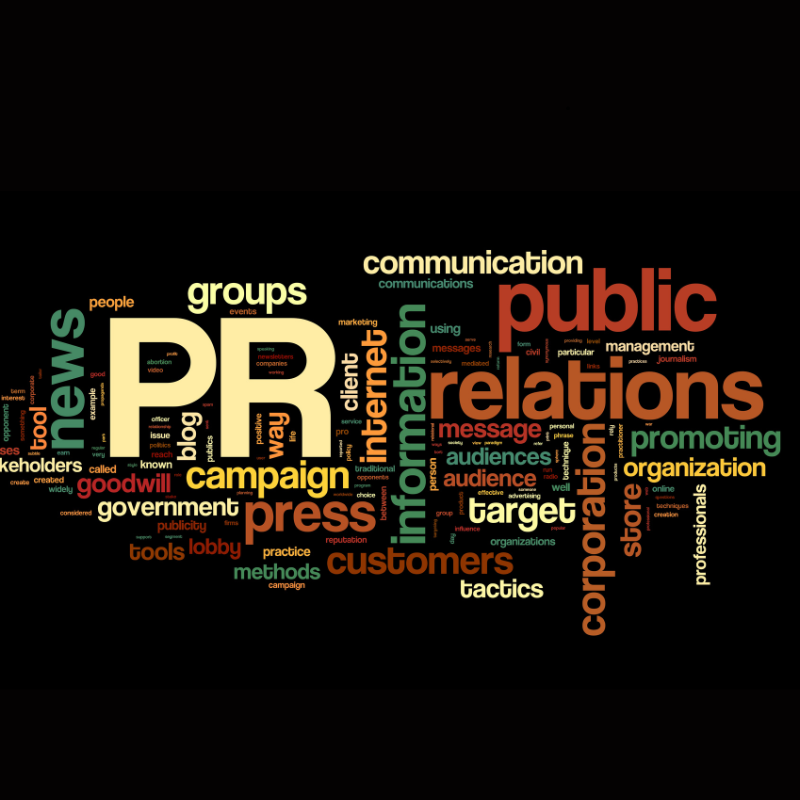
For business owners, managers and directors in ecommerce, public relations practices are indispensable. Integrating effective PR with digital marketing efforts can amplify your brand presence and reach. This synergy boosts visibility and fosters customer loyalty.
Want to take your ecommerce brand’s visibility to the next level? A strategic PR approach can help you boost brand awareness, engage sales prospects and drive more conversions. If you’re ready to enhance your public relations strategy and e-commerce marketing ideas, reach out to Eberly & Collard Public Relations for expert guidance on creating an impactful PR plan for your ecommerce business.









